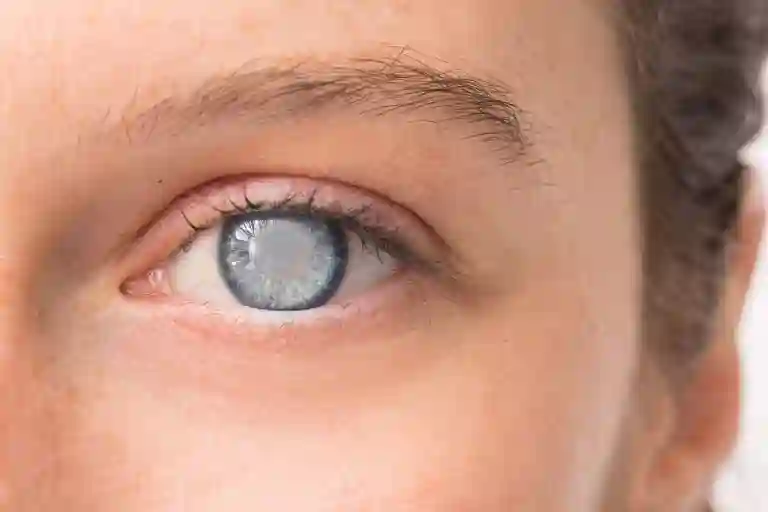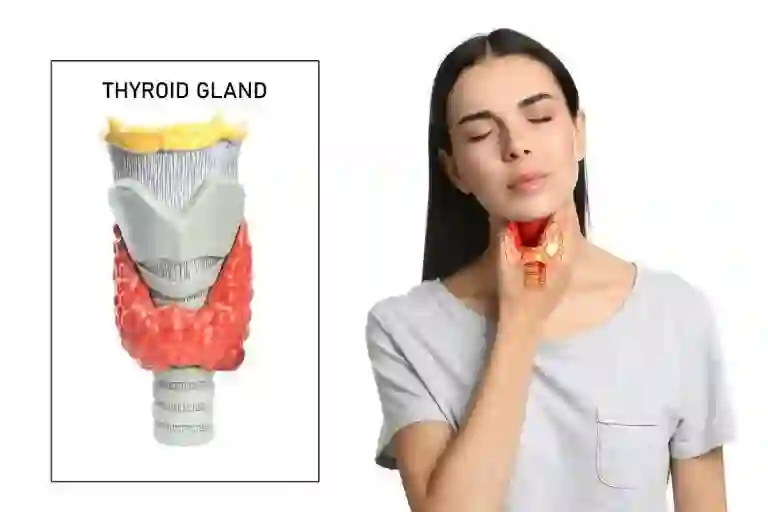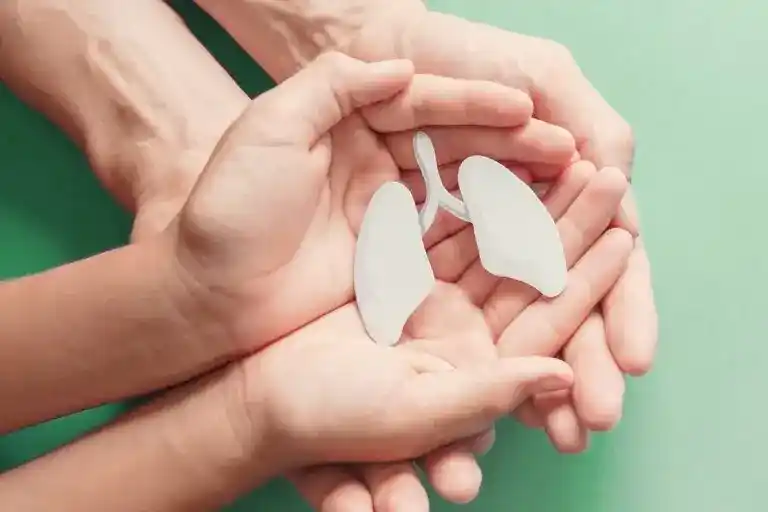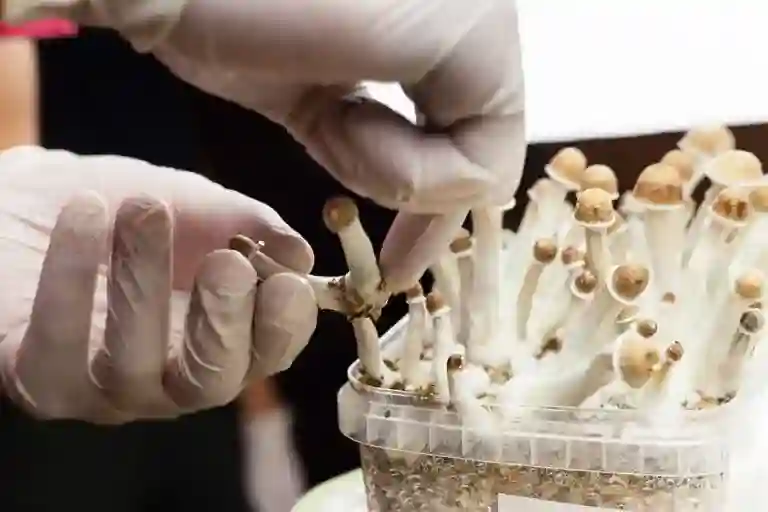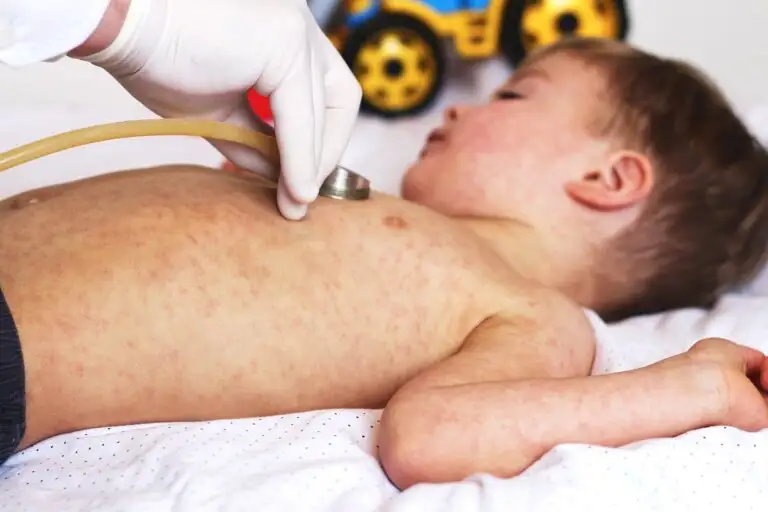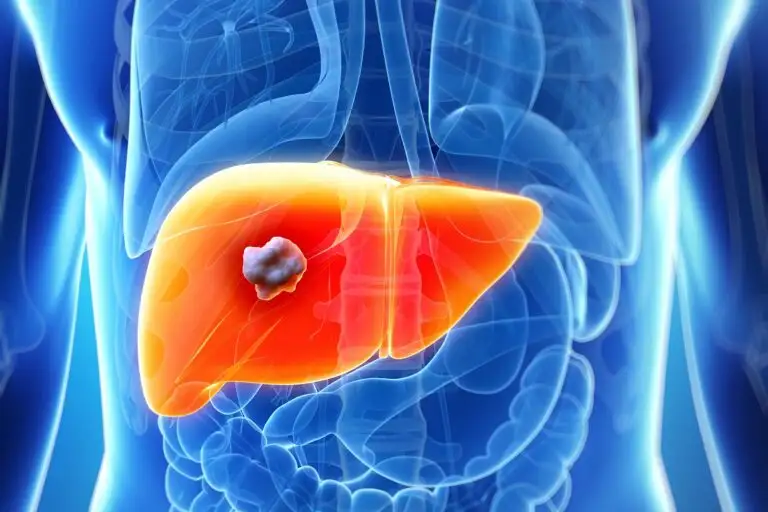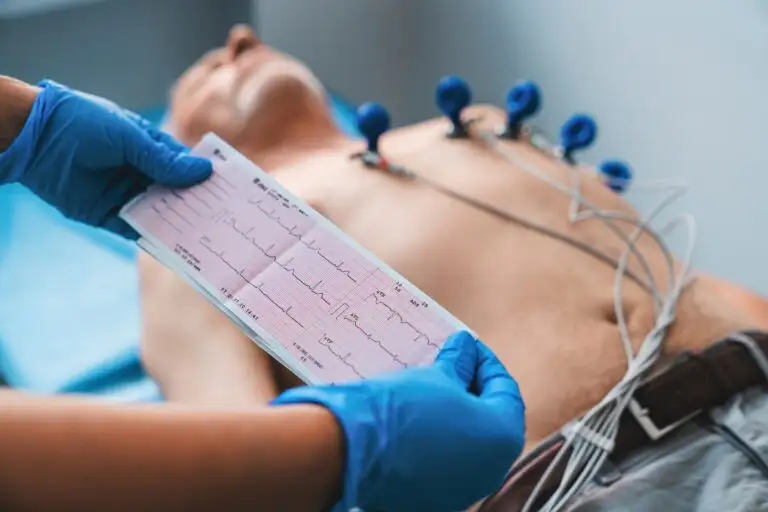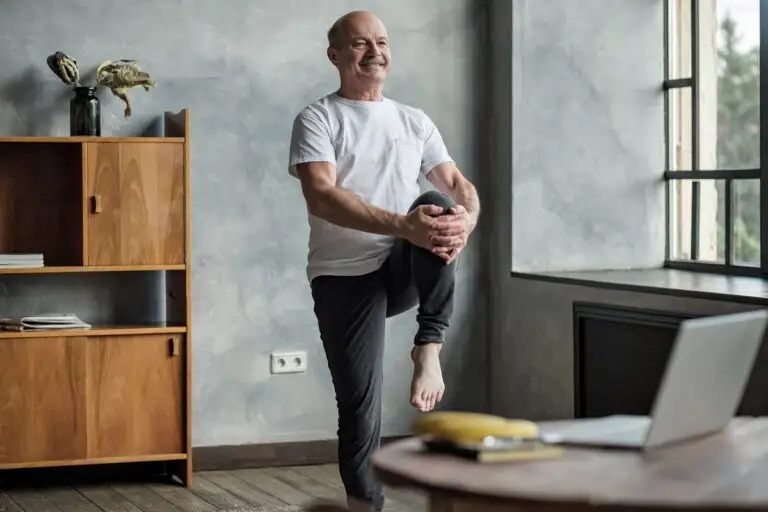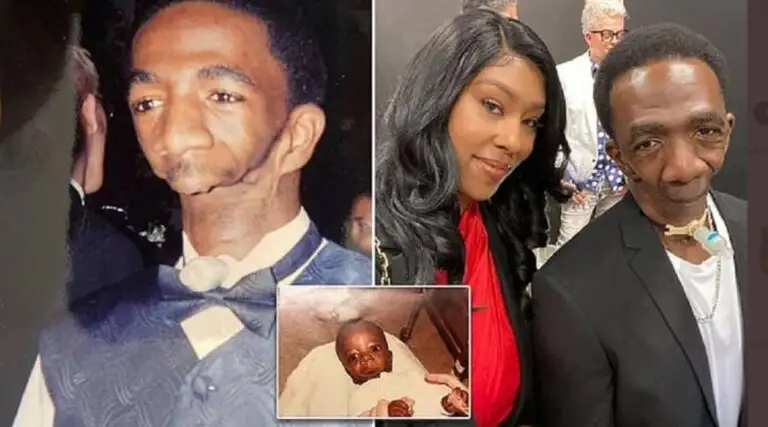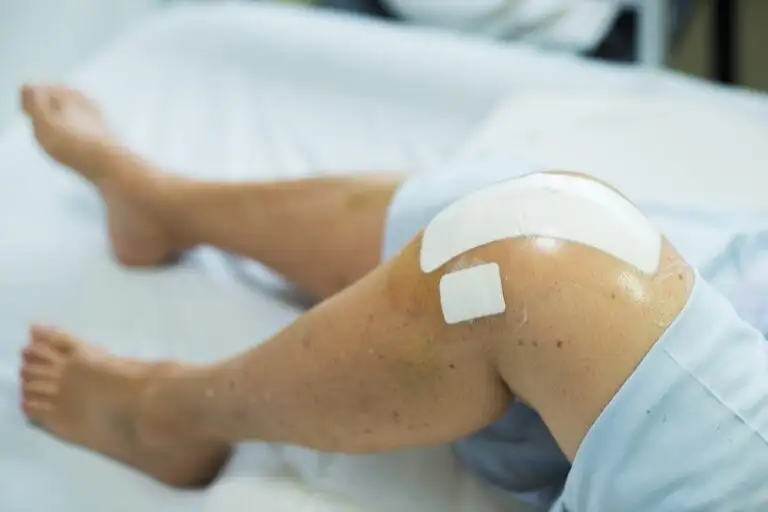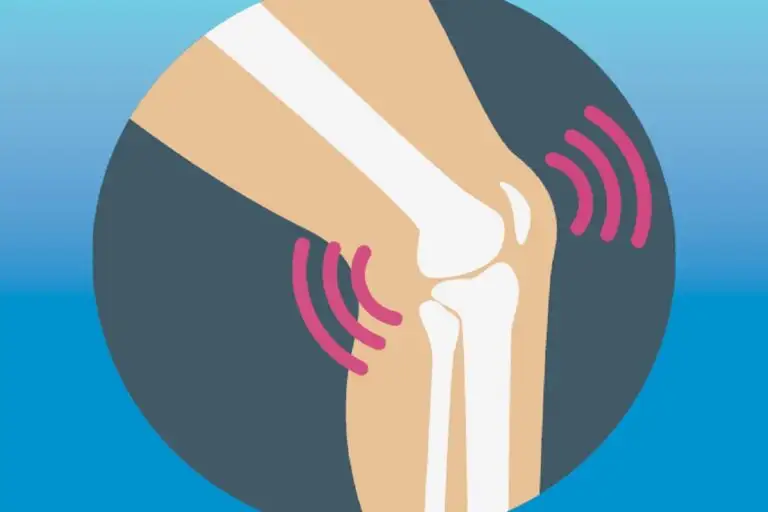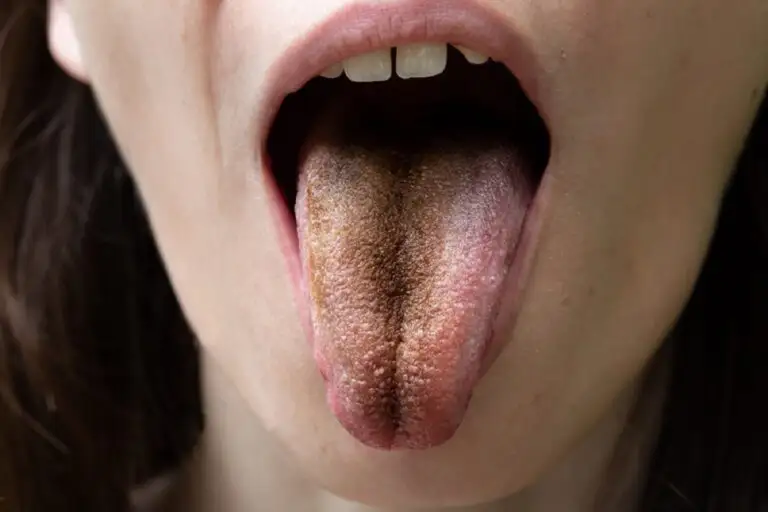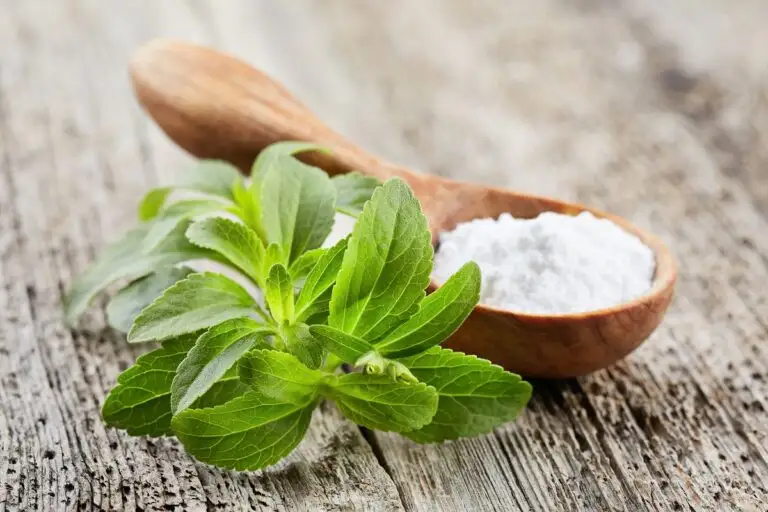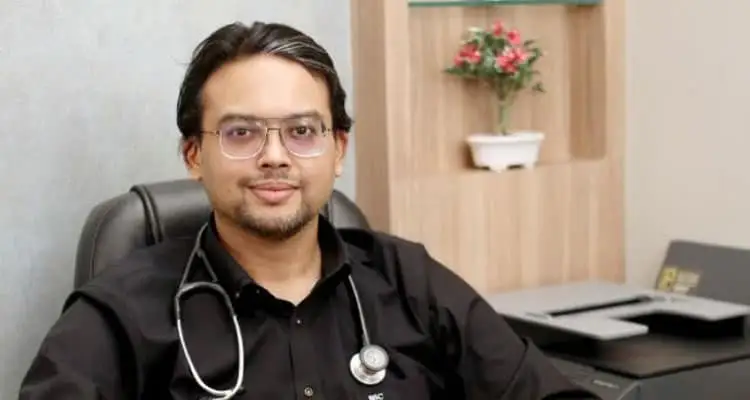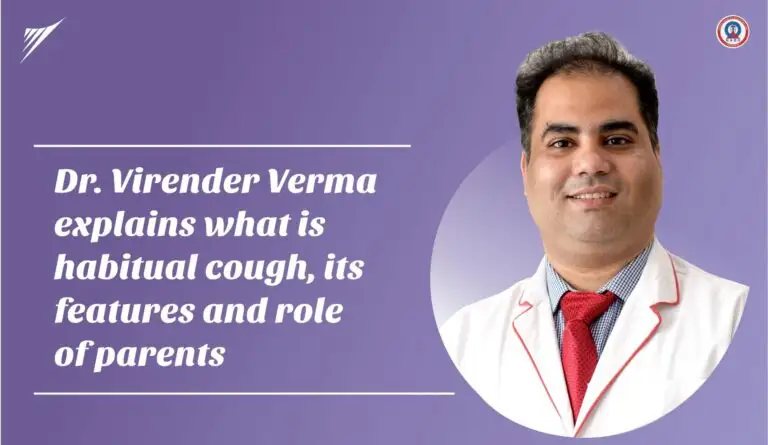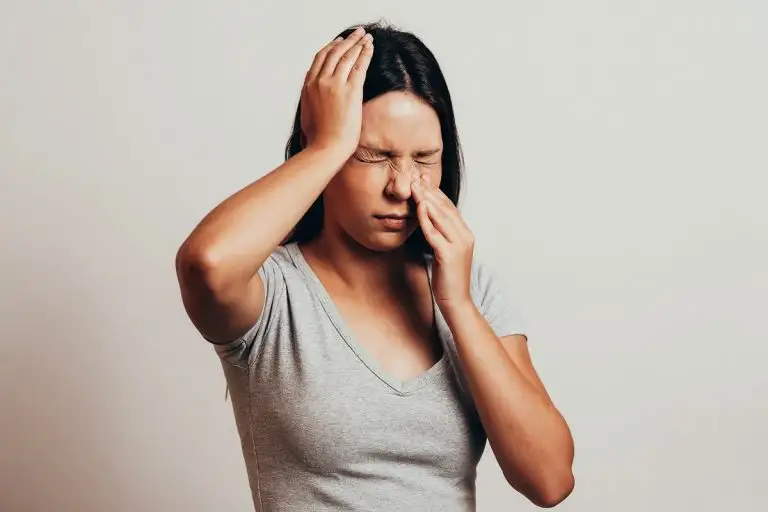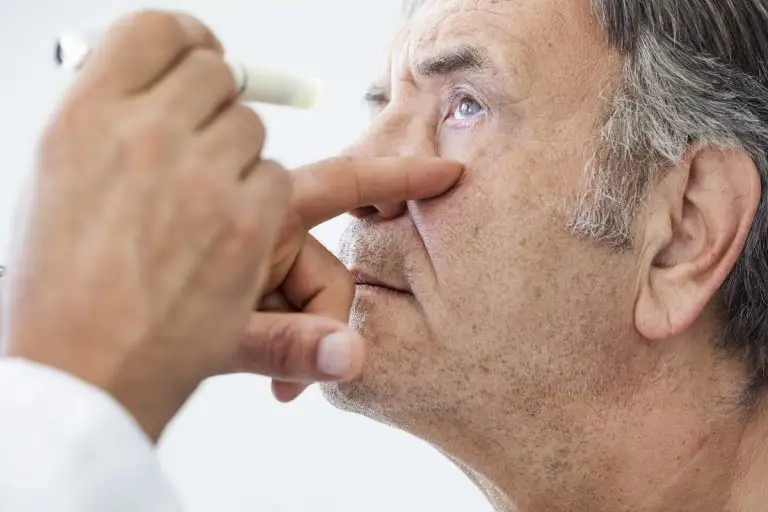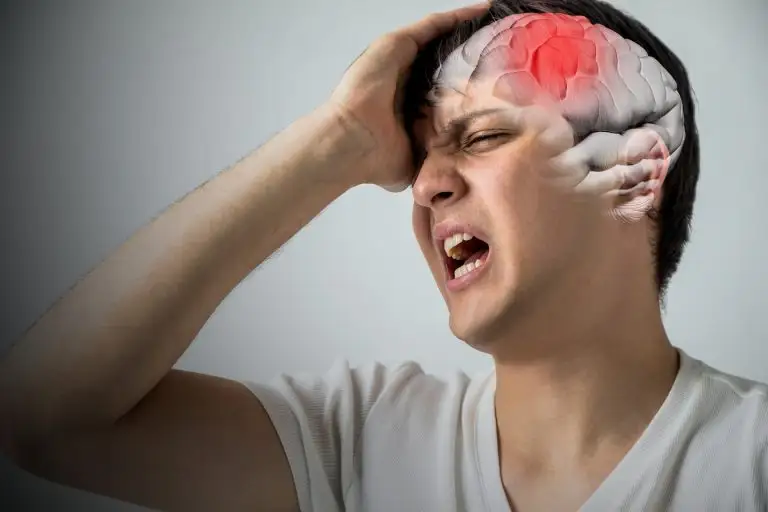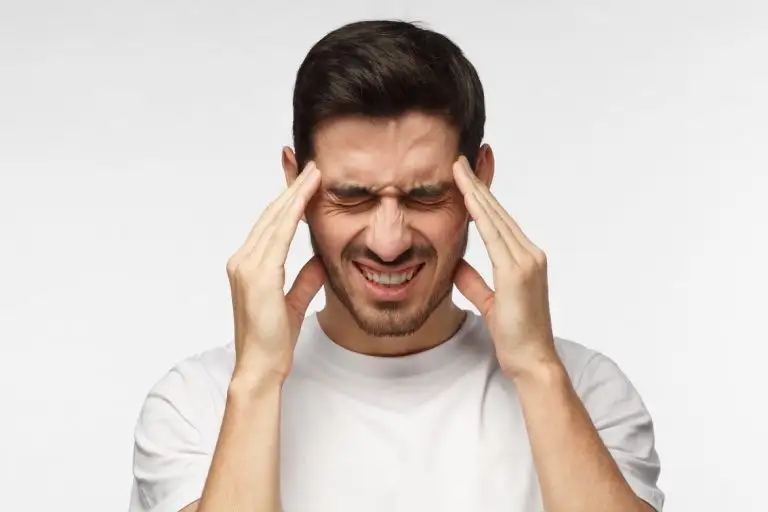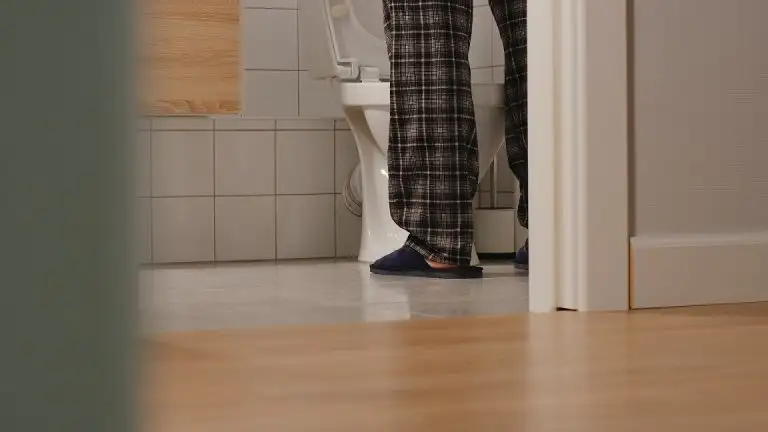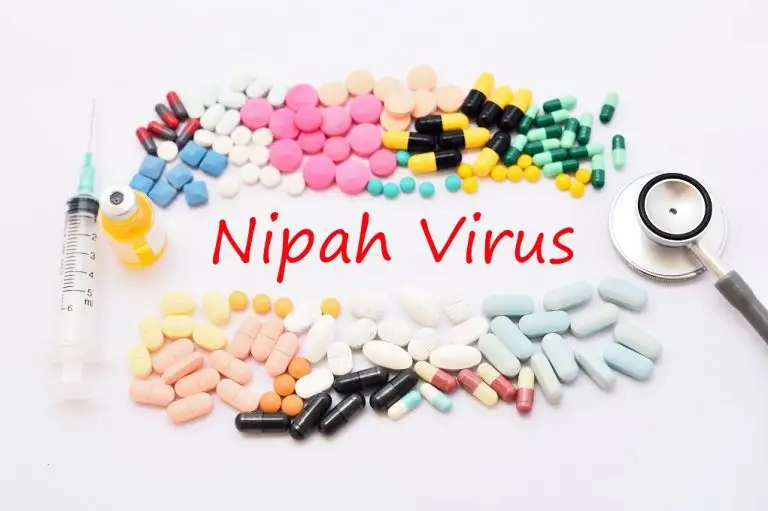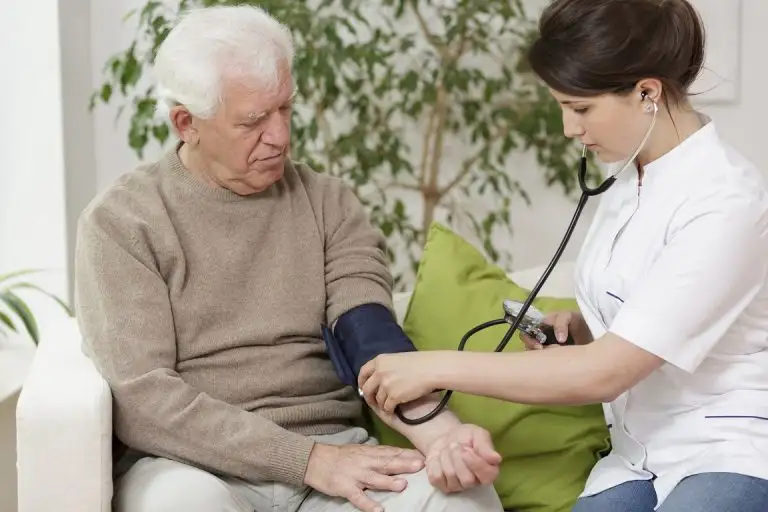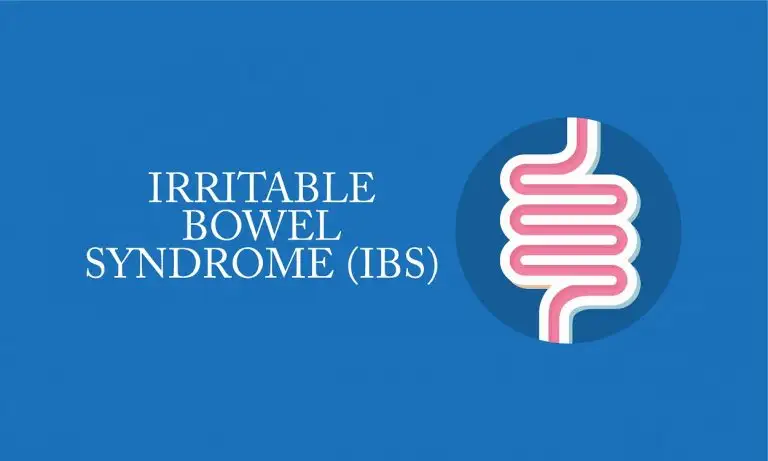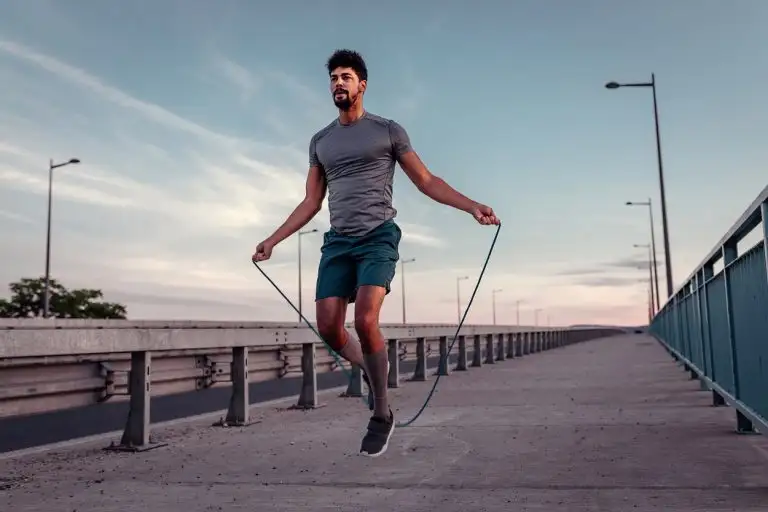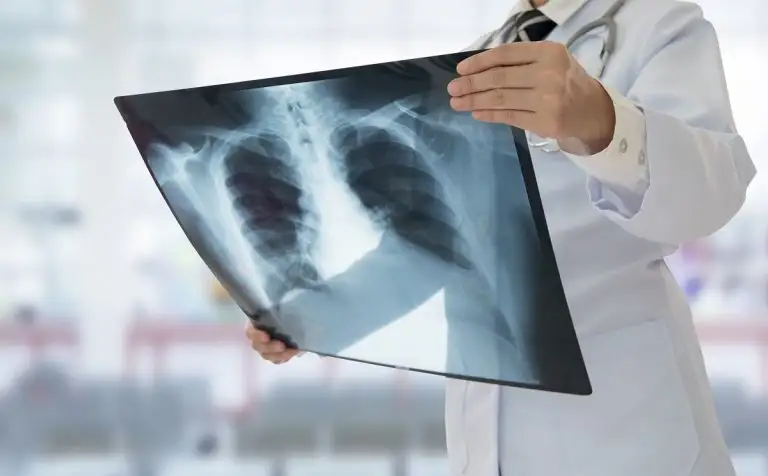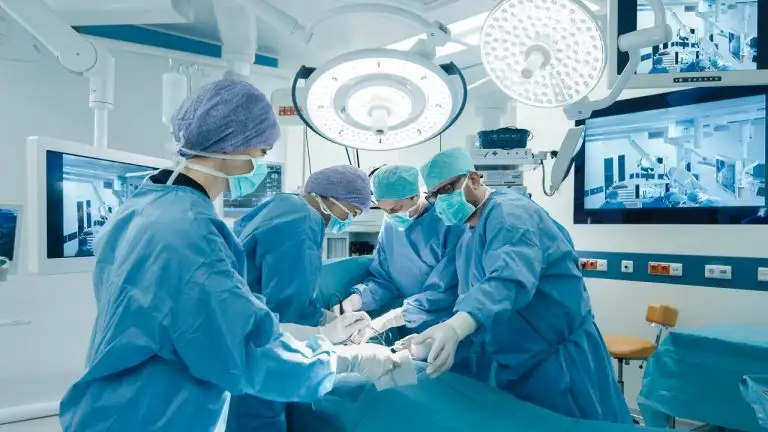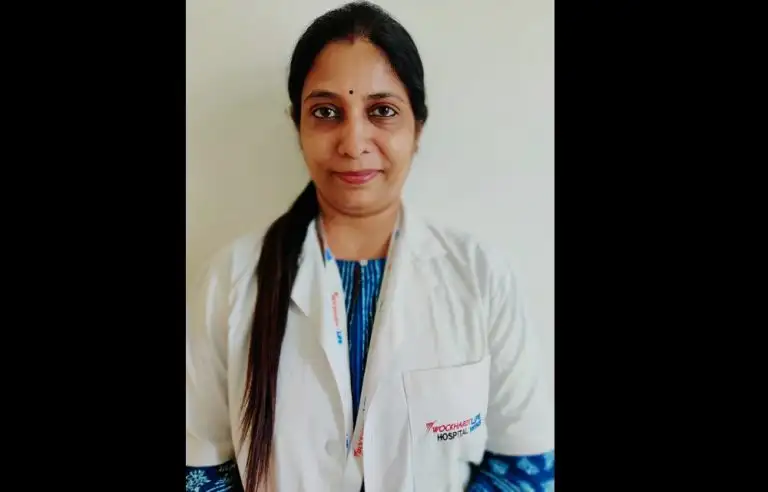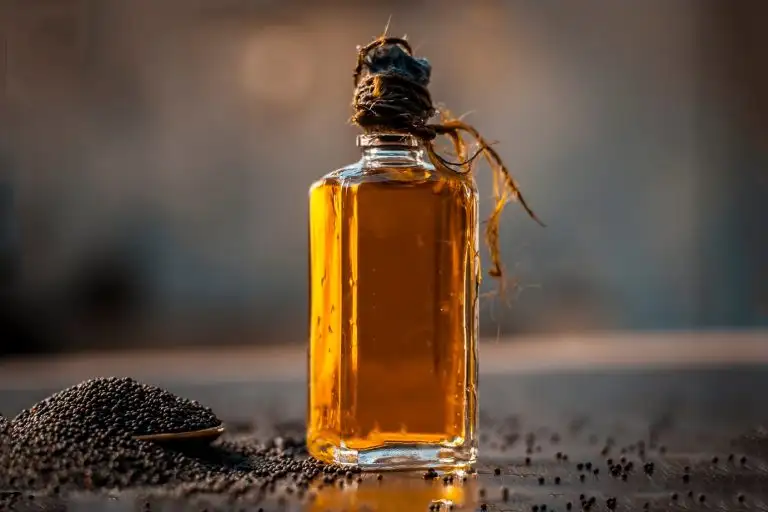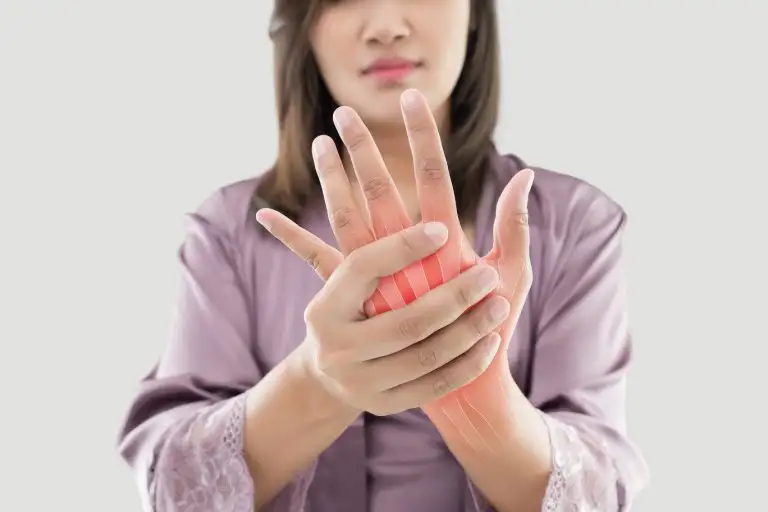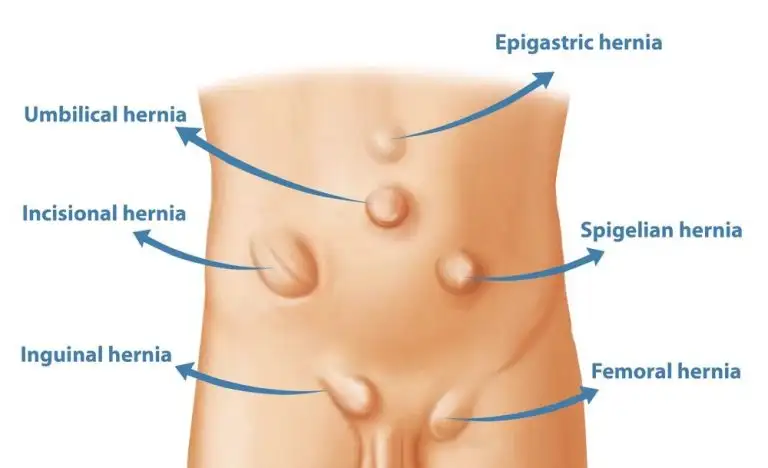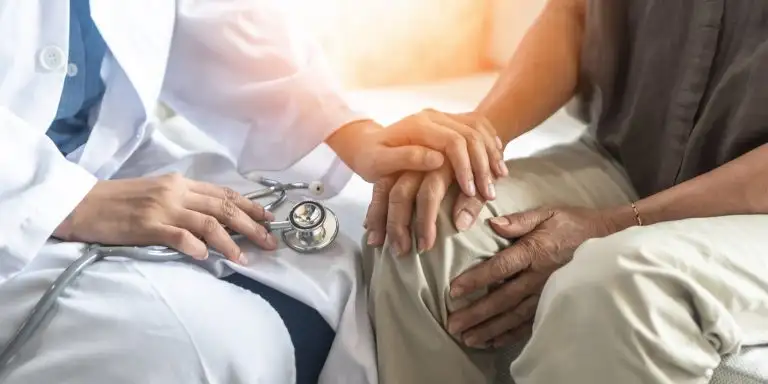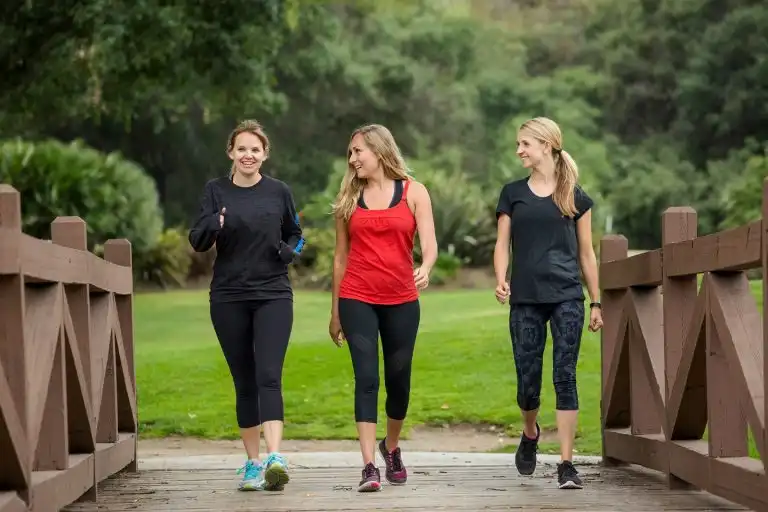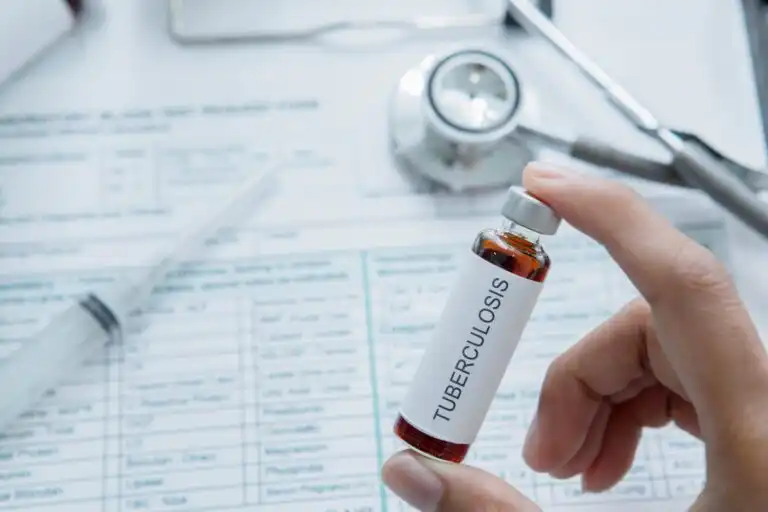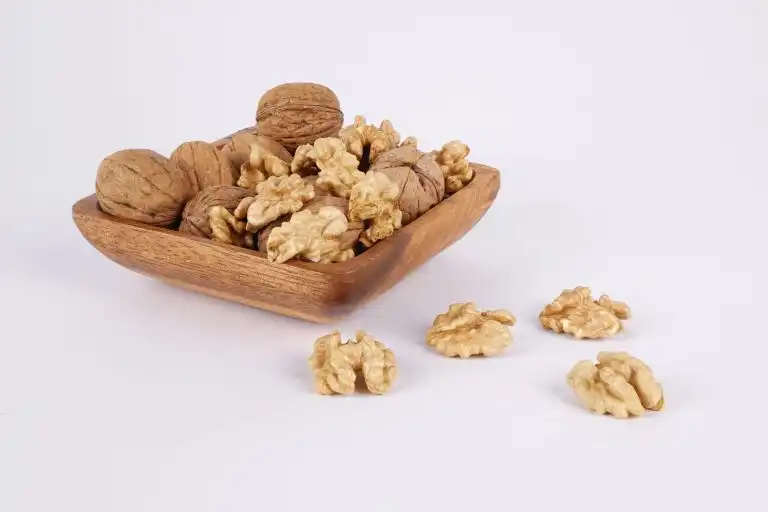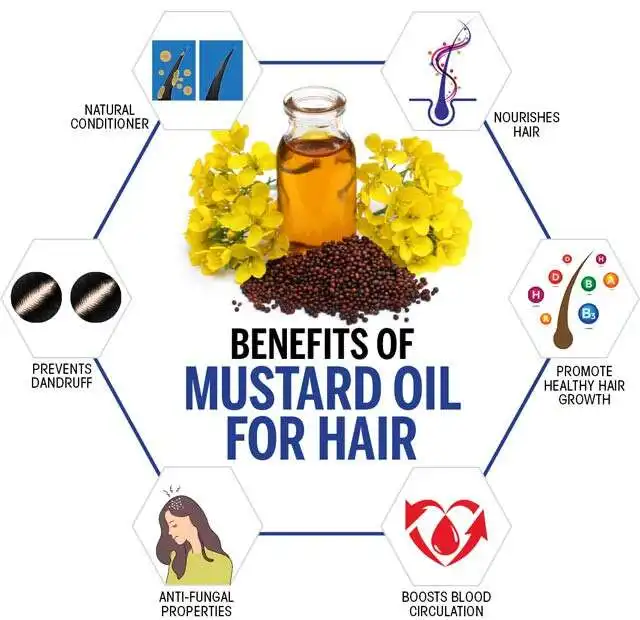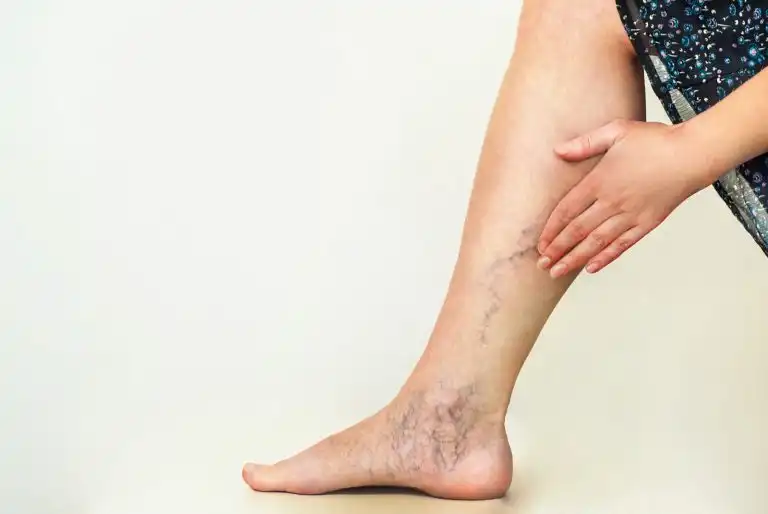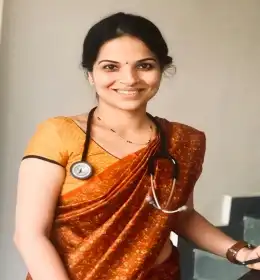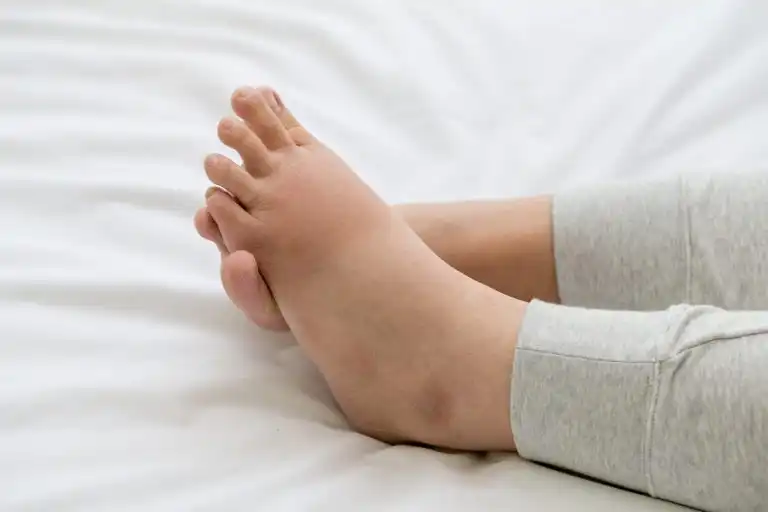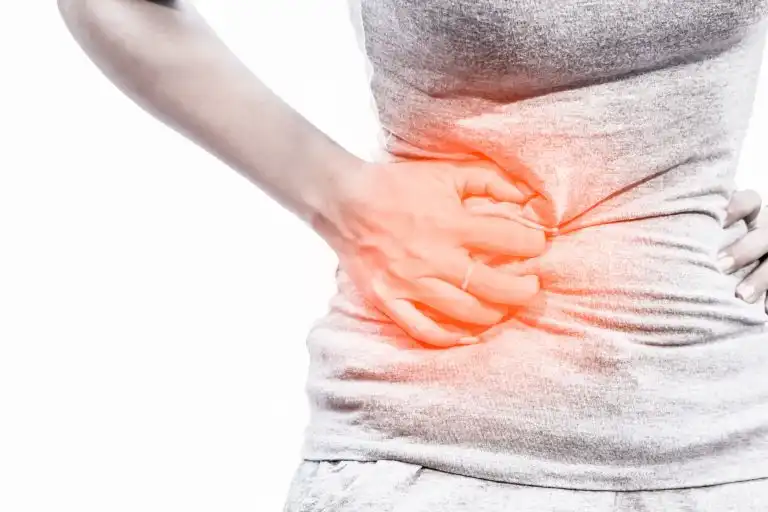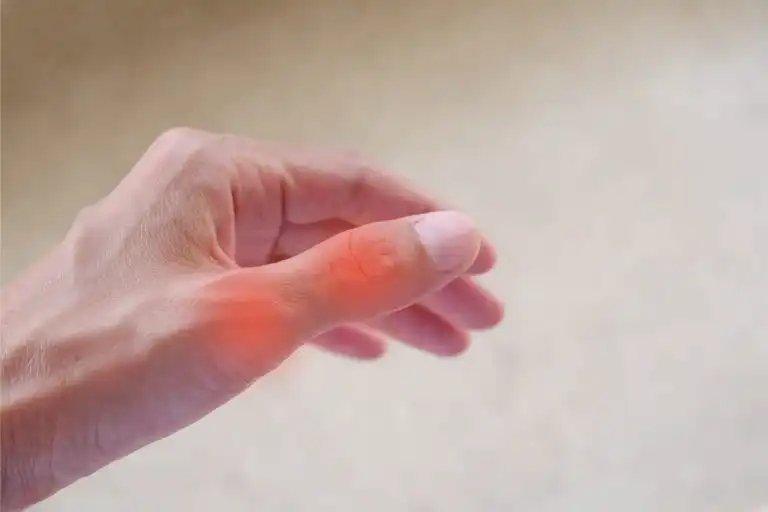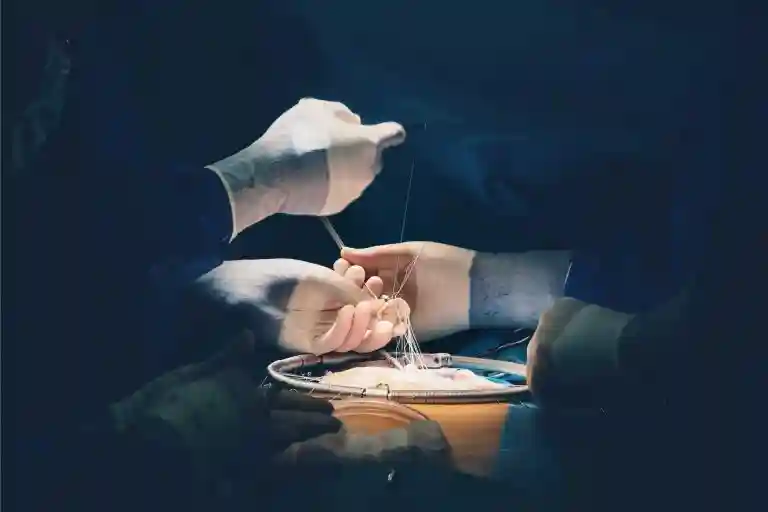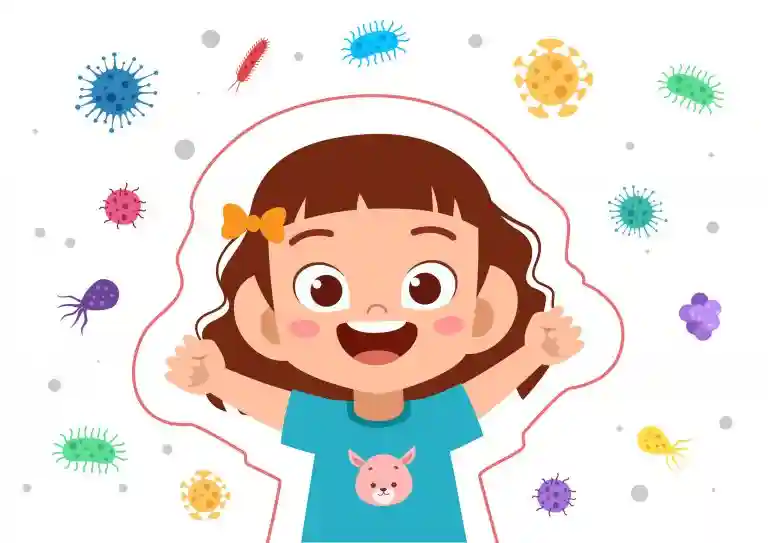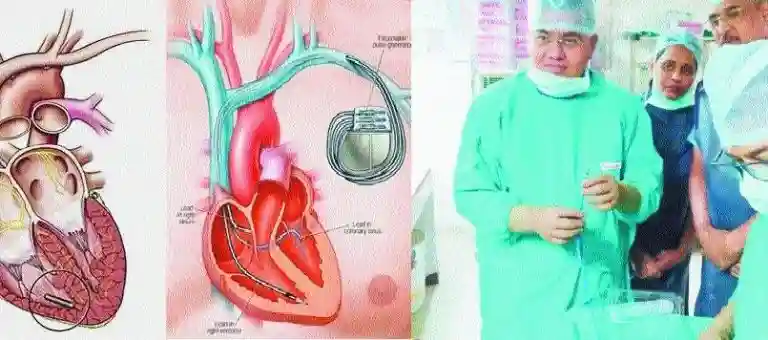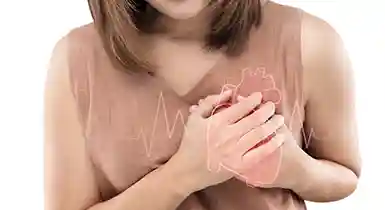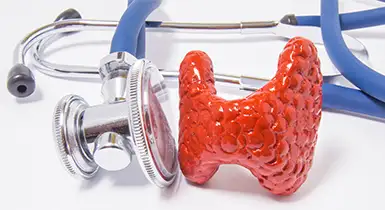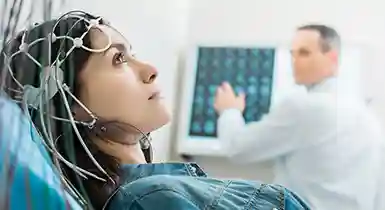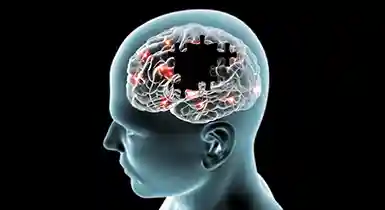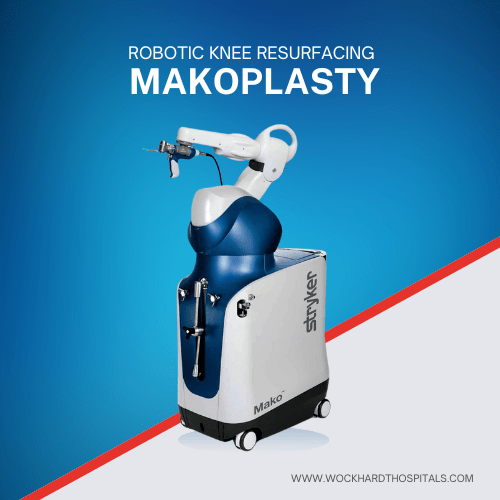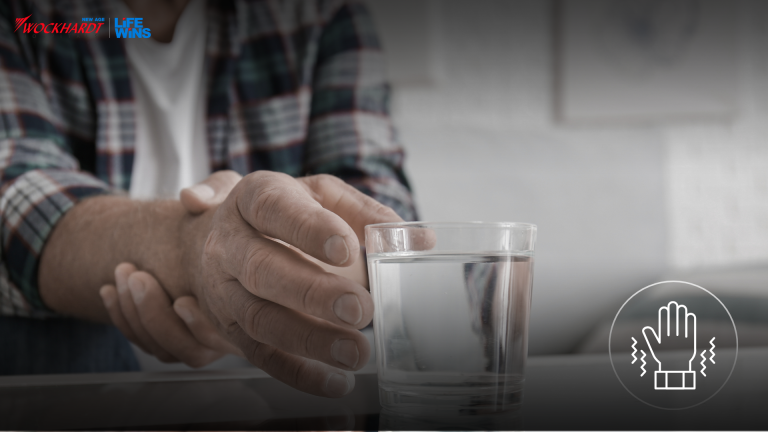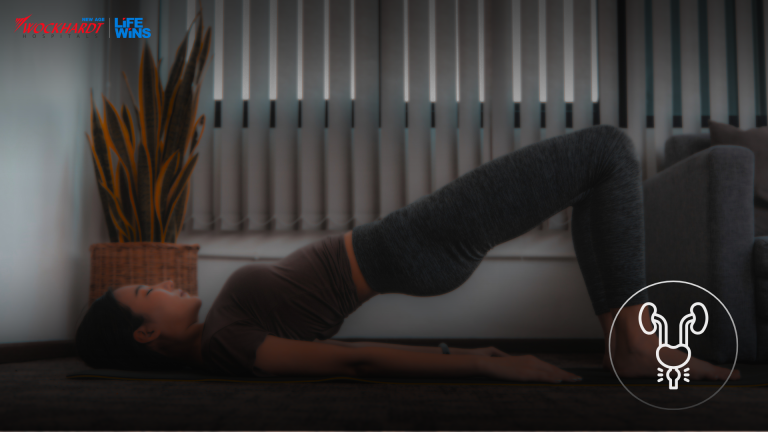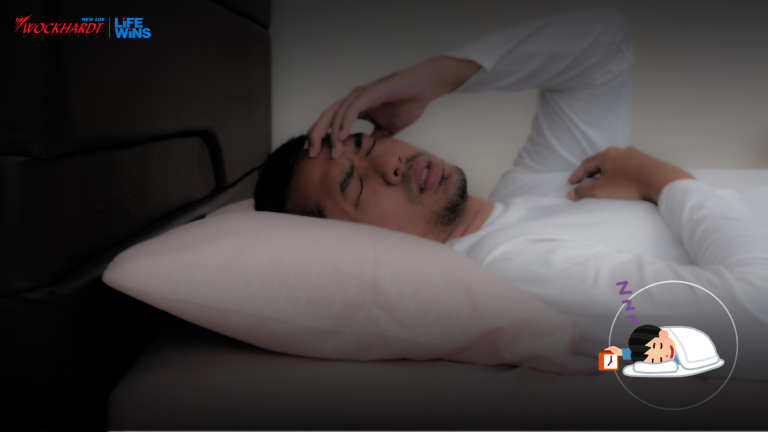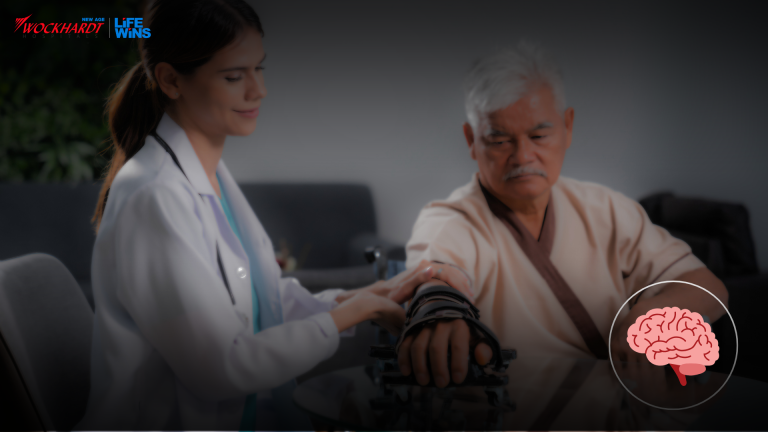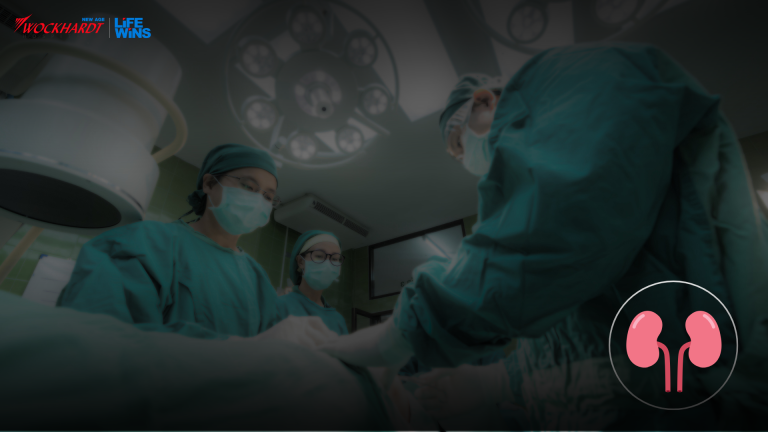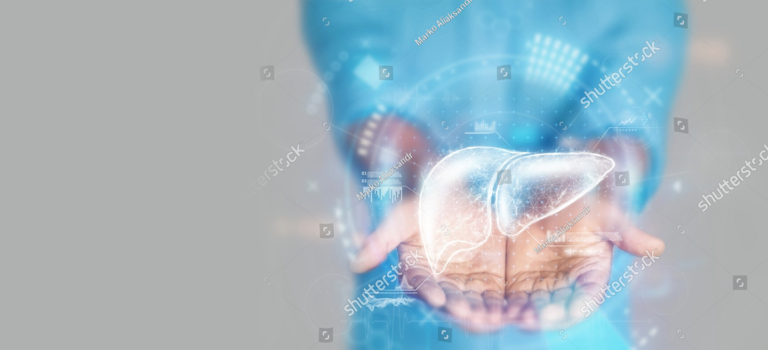Home » Medical Procedure » Arteriovenous Malformation Treatment
Arteriovenous Malformation (AVM)
Treatment & Surgery in India
What are
Arteriovenous Malformations (AVM)?
A twisting and tangle of blood vessels known as an Arteriovenous Malformation (AVM) arises when the arteries and veins cross in an uneven manner (instead of running parallel), impairing blood flow and oxygen delivery to the different body parts.
Blood rich in oxygen is carried by arteries from the heart to the brain and other organs. Oxygen-depleted blood returns to the heart and lungs by veins. The tissues close by may not receive adequate oxygen when an AVM interferes with this crucial process. The blood vessels that are knotted together in an AVM might also become weak and rupture because they do not form properly.
Brain injury, a stroke, or brain bleeding may result from the rupture of an AVM in the brain. It is unclear what causes AVMs. They are seldom hereditary, that is, passed down in the family. The majority of them occur in the brain and spinal cord, but they can arise anywhere in your body.
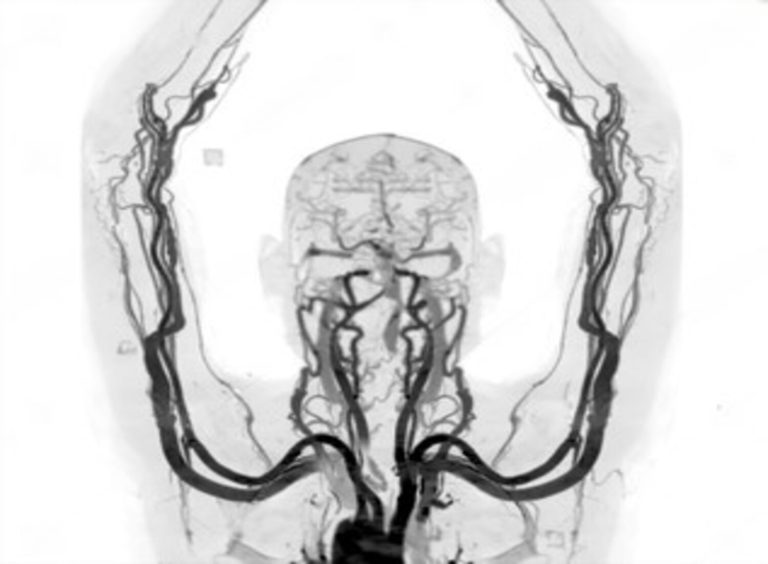
Signs & Symptoms of Arteriovenous Malformations
Depending on where an Arteriovenous Malformation is diagnosed, different symptoms may be apparent. Often, after bleeding, the initial symptoms show up. In addition to bleeding, other symptoms of AVM can include:
- Nausea and Vomiting
- Headache
- Muscular weakness
- Back Pain
- Hallucinations
- Neurological function deteriorates
- Loss of consciousness
- Weakening of the lower body parts
- A lack of coordination may result in problems with gait
- Problems with vision, such as loss of some of the visual field, loss of eye control, or enlargement of a portion of the optic nerve.
- Difficulties doing things that need planning
- Unusual feelings, including tingling, numbness, or sharp pain
- Paralysis in one area of the body
A Galen faulty vein is located deep within the brain. Symptoms of one form of AVM, known as a vein of Galen defect, start to show up at or soon after birth.
- The enlargement of the skull due to a fluid accumulation in the brain
- Enlarged scalp veins
- Failing to grow
- Enlarged heart disease
- Seizures
Causes of Arteriovenous Malformations
Arteriovenous Malformation is caused by the formation of atypical connections between arteries and veins, although specialists are unsure of why this occurs. Even while the majority of genetic alterations are not typically inherited or passed down in families, some genetic modifications could be involved.
AVMs can develop in people with certain hereditary disorders, such as:
- Cobb Syndrome
- Parkes Weber Syndrome
- Hereditary hemorrhagic telangiectasia (HHT)
- Wyburn - Mason Syndrome
Types of Arteriovenous Malformations
There are several types of AVMs:
- Cavernoma - Low pressure and an aberrant group of expanded capillaries without any discernible feeding arteries or veins.
- Capillary Telangiectasia - Aberrant capillaries with expanded regions, extremely low pressure; seldom bleeds; often untreated.
- Venous Malformation - Low pressure, seldom bleeds, and is typically left untreated in an aberrant cluster of swollen veins that resembles a wheel's spokes and has no feeding arteries.
- Dural AV Fistula - Direct entry into a sinus of one or more arteries and veins.
- Hemangioma - These aberrant blood artery formations are frequently seen on the skin, facial tissues, and the surface of the brain.
How are Arteriovenous Malformations Diagnosed?
The doctors at Wockhardt Hospitals are highly experienced and will perform a thorough diagnosis with detailed medical testing. They will analyze your symptoms and do a physical exam to determine whether you have an Arteriovenous Malformation. The doctor may listen for a sound known as a Bruit, which is a whooshing sound produced by the blood flowing rapidly through AVM-affected arteries and veins. It sounds like water gushing through a little pipe. Your hearing, sleep, or mental well-being may be affected by it.
Arteriovenous Malformation diagnosis is made using the following tests:
- Cerebral Angiography - For this test, an artery is injected with a specialized dye known as a contrast agent. In order to better display blood arteries on X-rays, the dye points out their structural features.
- CT Scan - These scans, which take pictures of the head, brain, or spinal cord using X-rays, can assist in detecting bleeding.
- CT Angiography (CTA) - To help in locating an AVM that is bleeding, CTA combines a CT scan with an injection of a specific dye.
- MRI - An MRI produces precise pictures of the tissues using strong magnets and radio waves. These tissues can undergo minute alterations that an MRI can detect.
- Magnetic Resonance Angiography (MRA) - The irregular vessels' irregular blood flow is captured by MRA, along with its pattern, velocity, and distance.
- Ultrasound - Because ultrasound is absolutely painless and does not involve putting a kid to sleep with anesthesia, it is a wonderful approach for small children.
How is
AVM Surgery Performed?
You’ll be given general anesthesia while a neurosurgeon performs your AVM surgery. To reach the AVM directly, the procedure requires a craniotomy, which entails removing a portion of the skull. In order to properly remove the AVM and stop more bleeding occurrences, your surgeon will carefully isolate the area’s blood supply under a microscope while carefully using micro-instruments to do so. Neurosurgeons utilize specialized methods to remove the AVM from the brain or spinal cord, which might cause the procedure to require several hours.
As they go through short-term rehabilitation, patients may need to stay in the hospital for a few days while being closely monitored. The possible AVMs can be completely avoided with the help of further scheduled brain scans.
Before
Procedure
You might be instructed to perform some of the following things as you get ready for AVM surgery or Arteriovenous Malformation surgery in India:
- The neurosurgery team will discuss what to anticipate before the day of Arteriovenous Malformation treatment and after the procedure.
- You could be instructed to stop taking aspirin and other blood-thinning medications. If you smoke, leave it up right away.
- You will get a medical checkup just before the day of your procedure. This confirms that you are fit enough to undergo the surgery.
- Embolization or Sclerotherapy may be performed prior to AVM surgery in order to lessen its effects or risks.
- If you are instructed to refrain from eating or drinking before surgery, abide by those instructions.
During
Procedure
Reach the hospital on the day of AVM surgery. You could feel a little anxious. The medical professionals at Wockhardt Hospitals will make an effort to address all of your concerns and soothe your anxiety. You’ll receive general anesthesia just before surgery to help you stay pain-free during the procedure. An intravenous (IV) line will eventually be inserted into your arm. This can be used to provide fluids and medication as necessary. You may occasionally get some of your head shaved. Infection risk is decreased by doing this.
After
Procedure
The region surrounding the incision following AVM surgery may be uncomfortable and numb for approximately a week before starting to itch as it heals. Along with overall exhaustion, there may also be some bruising and swelling around the eyes. A brain scan is performed on the patient to ensure that the AVM has been entirely eliminated or eradicated. You’ll also spend a brief period of time (a few days) in the hospital and receive some short-term rehabilitation. You will occasionally get scans following therapy to check on the AVM’s progress.
While many patients leave the hospital within two days of their procedure, some may not, particularly in the case of more complex procedures. Rest, painkillers, and ice packs for Arteriovenous Malformation treatment are frequently effective ways to address post-surgical side effects. Within 4 to 6 weeks, most everyday activities can be resumed, and it can take up to 6 months to fully recover. Some patients take part in a rehabilitation program in the meantime.
After Treatment, How to Recover Fast?
Following the operation, the AVM healing process starts. Although a patient may spend a day or longer in the hospital, they will likely have limited activity for four to six weeks and may not fully recover for another two to six months. In addition to managing any potential swelling or bruising around the eyes after surgery, patients must take care of their incisions. If you need to restart any medicine or determine whether you require any new ones, your doctor will provide the prescriptions with details.
Risk Factors for
AVM Surgery
The likelihood that an Arteriovenous Malformation would bleed is the main risk. A brain bleed from an AVM in the brain might result in a stroke, brain damage, or seizures. AVMs can push against and move parts of your brain and spinal cord since these regions are enclosed. AVMs lower the oxygen levels in the places where they are found. Tissue is harmed by low oxygen levels.
Possible adverse consequences of AVM surgery include:
- Stroke or Seizure
- Feeling numb or moving slowly
- Difficulty speaking or remembering
- Little chance of hemorrhage
The risks involved in the surgery will be minimal when you get this procedure done at a top healthcare facility, such as Wockhardt Hospitals, with the latest medical technology and world-class surgeons having years of experience.
Life Wins Stories
The vision and leadership of Wockhardt’s Founders have been instrumental in shaping the organisation’s ethos of providing high-quality and affordable healthcare services to patients worldwide. Read and listen to the heartfelt experiences of our patients as they share their stories about the exceptional care they received at Wockhardt Hospitals.



Paresh Vyas
Excellent facility with renowned Cardiologists like Dr Dharmesh R Solanki. Very humble doctors, and good staff. Value for money.

Meena Kothari
Excellent facility with renowned Cardiologists like Dr Dharmesh R Solanki. Very humble doctors, and good staff. Value for money.
Life Wins Stories

Paresh Vyas
Excellent facility with renowned Cardiologists like Dr Dharmesh R Solanki. Very humble doctors, and good staff. Value for money.

Meena Kothari
Excellent facility with renowned Cardiologists like Dr Dharmesh R Solanki. Very humble doctors, and good staff. Value for money.
Learning Wins Life Wins
FAQs AVM Surgery in India
Q. Who is at risk for an Arteriovenous Malformation?
An AVM can be present at birth in anyone. They are primarily found in younger persons between the ages of 20 and 40. The risk of symptoms is more between the ages of 40 and 50. Both men and women can develop AVMs.
Q. Can Arteriovenous Malformations be fatal?
Depending on its size and location, an Arteriovenous Malformation may be fatal or extremely severe. It may be deadly to have a burst AVM in your brain due to a severe hemorrhage. However, some individuals with AVMs never experience any symptoms or health issues.
Q. Is there a greater danger for pregnant women who have Arteriovenous Malformations (AVMs)?
Being pregnant while having an AVM increases the chance of AVM bleeding because of the rise in blood volume and blood pressure that comes with pregnancy. Some people may experience the abrupt onset or development of AVM symptoms as a result of the changes brought on by pregnancy.
Q. How do children with Arteriovenous Malformations suffer?
The child’s capacity for learning may decrease slightly as a result of AVMs, as well as their behavior. When the child is older, these changes may occur before more pronounced symptoms appear.
Q.What is the survival rate for AVM surgery?
Some people have had AVMs their entire lives and never get them diagnosed. In individuals with low-grade AVMs, recovery rates following surgery can reach 100%, while more complex cases can benefit from a mix of therapy methods.




